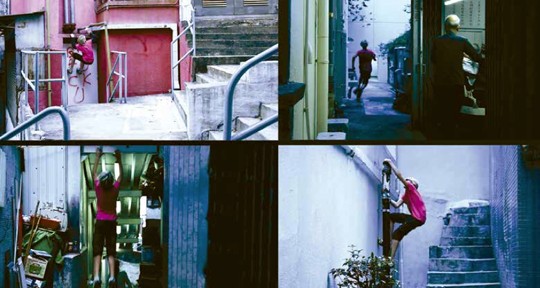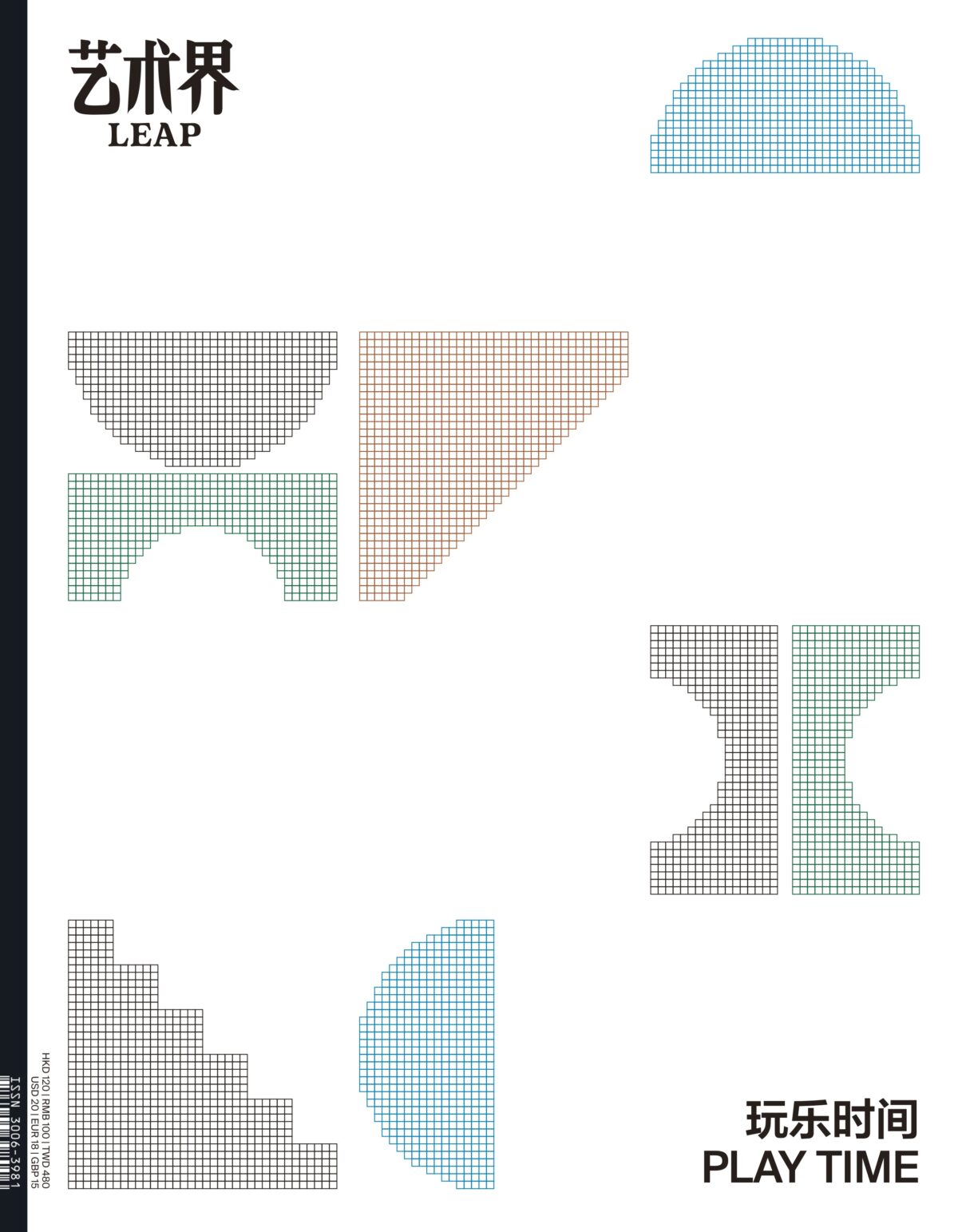When put forward as a philosophical concept, “the multitude” must find a way for its subjectivity— in the context of new capitalist constructs, like cognitive capitalism, which carry such potential for conspired action and integration—to realize true diversity and differentiation in the “decision” to sustain itself. As compared to the way in which the notion…
Read MoreIn Claes Oldenburg’s 1960 statement “I am for an Art,” the artist gives his written phrases the same vivid palette and wily elasticity as his genre-defying artwork. The piece would soon be hailed not only as the artist’s personal manifesto, but also a mantra for American Pop Art, which at that moment was busy chipping…
Read MoreRelationships start with a choice: to open up to a stranger or recoil. That choice, common as it is in encounters between individuals, is just as relevant when thinking about cultures coming into contact with one another—when friendship becomes a matter of war and peace. These meetings might produce a cacophonous event: like the 2011…
Read More“Un art de la guerre”—this is the subtitle of the spring 2013 Guy Debord (1931-1994) documentary exhibition at the Bibliotheque nationale de France (BnF). An iconoclastic thinker, artist, and political activist, Debord scorned honors and organs of authority throughout his life and attacked what he called “the Society of the Spectacle.” Today, his manuscripts have…
Read MoreTen years ago, when we talked about Chinese performance art, one would typically refer to controversial actions like eating a fetus. However, one should not forget that there were also Xiamen Dada’s burning of artworks after exhibition (1986), Xiao Lu and Tang Song’s shooting incident at the “China Modern Art Exhibition” (1989), the Beijing East…
Read MoreThe art world’s increasing interest in Southeast Asia in recent years is indisputable. Last year’s Art Dubai welcomed Alia Swastika to curate its Southeast Asian-focused “Marker” section. In late May, Christie’s Hong Kong offered up its largest-ever lot of contemporary wares from the region. Perhaps most tellingly, this year also witnessed the Guggenheim hold “No…
Read MoreThe openness of contemporary art with regard to medium and context allows for a wider range of formal possibilities, and its social orientation also serves to consistently expand the limits of these. …
Read MorePerformance art, as a formal concept, has been in China for about three decades now. Over these past 30 years, people have been using the term “behavioral art” (Chinese: xingwei yishu) to describe the concept. In fact, around the time of the ’85 New Wave, performance art began entering mainstream consciousness along with Chinese Modernism….
Read MoreThe President’s Young Talents (PYT), inaugurated in 2001 and organized by the Singapore Art Museum (SAM) and the Istana, aspires to “nurture a developmental platform for promising local artists under the age of 35 working with emerging contemporary art practices.” PYT began to adopt a new format in 2009, with members from the curatorial committee—…
Read MoreThe exiled knows that in a secular and contingent world, homes are always provisional. Borders and barriers which enclose us within the safety of familiar territory can also become prisons and are often defended beyond reason or necessity. — Edward Said Anida Yoeu Ali’s “Buddhist Bug Project” offers a particularly unique perspective on dis- placement:…
Read MoreFor the art audience in Jakarta, Yuz Museum has its particular position, which is quite different from other spaces in the city. Yuz Museum has a focus on showing Chinese contemporary art, especially from its collection, which is quite distanced from Indonesian audiences. In the beginning of its establishment, Yuz Museum had shown important figures…
Read More“Let’s get lost, lost in each other’s arms / Let’s get lost, let them send out alarms,” Chet Baker praises the romantic mystique and disruptive force in letting go of orientation. This lust of wandering reflects the mood of “Urban Synesthesia,” a five-person group exhibition curated by Wang Chun-Chi. The usual highways to understanding an…
Read MoreShowcasing Song Dong’s work from the mid-1990s to the present, “Doing Nothing” occupies two out of three of Pace’s 25th Street galleries. Pace’s larger space, 534 W 25th, surveys Song’s performance-based work from 1994-2012 through video, sculpture, photography, and installation, while the smaller space at 510 W 25th St presents new, mostly sculptural works expanding…
Read MoreFor his first solo show in the United States, Liu Wei fashions reclaimed wood from domestic interiors into a soaring, architectural ensemble, transforming the gallery space into a curious amalgam of Gothic cathedral and country home. A version of this body of work first debuted in the 2010 Shanghai Biennale, where the improbable title— Merely…
Read MoreWhat can Andy Warhol do for us? At the Hong Kong Museum of Art, situated by Victoria Harbour, “15 Minutes Eternal” features over 400 works brought from the collection of The Andy Warhol Museum in Pittsburgh. Meanwhile, on the streets surrounding the museum, tourists from all over the world are busy racking up their credit…
Read MoreDouble entendres and word plays abound in this exhibition, which is intent on displaying the dual contexts that result from cultural translation, often with comical results. Zhang Lehua delights in such post-colonial treasure hunting. From the words and phrases incorporated into his works, the images used, exhibition layout, to the show’s title, and even the…
Read MoreAfter first passing through a black room, the viewer discovers that the large exhibition hall actually contains three rooms, each painted a different color. The middle room is yellow. A blue room, multi-angled, juts out from one end of the gallery, its walls seemingly transparent and spectral. Only one work is placed outside of the…
Read MoreSONG DONG’S 36 Calendars installation offers, through its participatory, dialogic dimension involving more than 400 members of the Hong Kong public, a way to examine local Hong Kong perceptions of history, and also perhaps highlights the issue of the difference that may exist between Mainland and Hong Kong senses of history. Calendars are a traditional…
Read MoreSINCE 1997, HONG Kong has been a space of constant debate as it has transitioned from a colonial outpost of Britain to a Special Administrative Region of China, still operating as a capitalist free port until 2047 as stipulated by the Basic Law. From social concerns regarding the monumental gap between rich and poor and…
Read MoreHONG KONG HAS provided the documentary and conceptual material for much of MAP Office’s practice since 1995. Here, we unfold chronological the set of tools that guided us to use Hong Kong as a cutting-edge laboratory for an innovative appropriation of the city/territory. 1995-2000 Starting with a research-oriented platform on territorial development, we set up…
Read More










